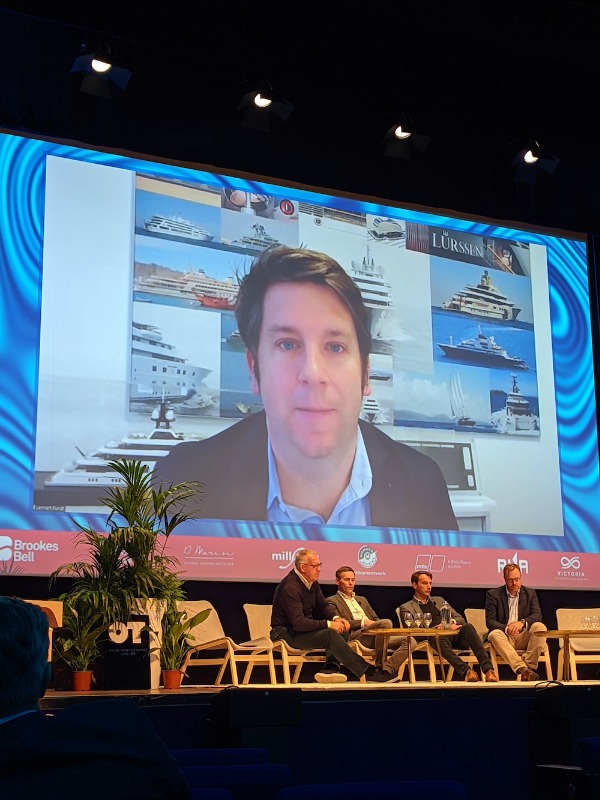Superyacht 2030: How much energy can we save?
The panel begin the final day of TSF with a discussion on energy saving techniques…
A major issue in superyachting is the fact that we as an industry focus far too much on capital expenditure rather than operational expenditure. For the first session of the final day of TSF 2021 the panel looked to discuss how the industry can best reduce the amount of wasted energy on a superyacht, not only for the benefit of the environment but also for the financial benefit of the owner.
On stage was Simon Brealey from Lateral Naval Architects, Patrick Voorn, owner of Synergy and Perry Van Oossanen from Naval Architects. Lennart Pundt, Head of Project Development at Lürssen joined on screen for the second time of the event to offer perspective from a new-build shipyard. After a brief interruption from Daniele Di Giampaolo from Amico who had entered the panel one session premature, the attention was then turned to the crowd who questioned the panel the experts.
Simon Brealey kicked off the discussion with the first poignant statement of the morning, “ There are two different ways to save energy on a superyacht. You can make incremental changes, gain small percentage increases here and there, but if you really want to change the energy consumption then you need to look at the fundamental dimensions, that’s how you can save 30 per cent.”
Design trends can also have an adverse effect on the amount of energy consumption on a superyacht. As Lennart Pundt pointed out, the increasing use of glass on vessels means that its more likely heat will be lost. Pundt also brought an air of conceptual pragmatism to the discussion, suggesting that the target to reach a fifty per cent reduction of energy on vessels, which was agreed by the panel, is highly aspirational. “I think fifty per cent is going to be very challenging, I’m not very certain about that for the near future. The yachts that we are working on now have a target of twenty to thirty per cent energy reduction and that is proving to be very difficult.”
Advancements in software are also just as important as the hardware, despite how often it is overlooked. If a superyacht can reduce its energy consumption over its entire life cycle then that is much more valuable and efficient than what it features when first launched, especially considering how fast-paced the green-tech industry is. Patrick Voorn drove this point home when he stated that, “Automation and software updates for things like air conditioning for example can be a huge benefactor and allows the hardware to have a longer life span, which is, of course, a benefit to the owner.”
Ken Hickling, our co-chair for the last three days, also invited the crowd to offer their thoughts on the matter. Derek Munro, of Divergent Yachting stated, “Saving energy is not difficult to do. You put the right circuit breakers in or get good old fashioned engineers to make sure they turn things off and you can do it.” While another Sales Broker said, “ You must remember in all of these discussions that the client is king, and you may see things that you don’t like but at the end of the day they make the decisions.”
How far the industry has come in energy saving is open to interpretation depending on what industry or decade you compare the current standard too. One thing that was agreed by everyone, was that we have finally begun to talk about the topic seriously in the last two or three years.
Profile links
NEW: Sign up for SuperyachtNewsweek!
Get the latest weekly news, in-depth reports, intelligence, and strategic insights, delivered directly from The Superyacht Group's editors and market analysts.
Stay at the forefront of the superyacht industry with SuperyachtNewsweek
Click here to become part of The Superyacht Group community, and join us in our mission to make this industry accessible to all, and prosperous for the long-term. We are offering access to the superyacht industry’s most comprehensive and longstanding archive of business-critical information, as well as a comprehensive, real-time superyacht fleet database, for just £10 per month, because we are One Industry with One Mission. Sign up here.
Related news
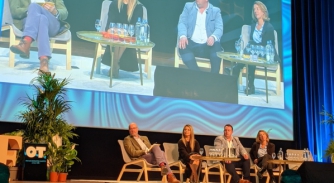
Superyachts in 2030 – The Next Generation
For the second session on the second day of TSF, we discuss the lack of human capital in the industry
Business

Day One closing session on superyacht communications drives vital discussion
Reflections on the industry and the road to 2030 raise critical issues about the present
Business
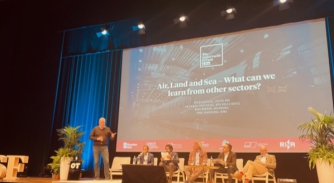
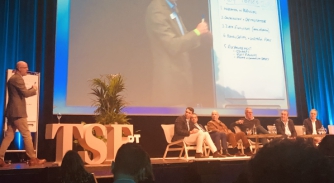
Superyachts in 2030 – What has to change?
The second session of The Superyacht Forum Live involved looking at future ambitions with a critical eye
Business
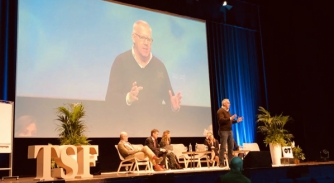
The real state of the superyacht and UHNW sectors
Day One of The Superyacht Forum Live kicked off with a review of key UHNW sectors, as well as exploring how sustainable the market’s performance is
Business
Related news
Superyachts in 2030 – The Next Generation
3 years ago
Air, land and sea
3 years ago
Superyachts in 2030 – What has to change?
3 years ago
NEW: Sign up for
SuperyachtNewsweek!
Get the latest weekly news, in-depth reports, intelligence, and strategic insights, delivered directly from The Superyacht Group's editors and market analysts.
Stay at the forefront of the superyacht industry with SuperyachtNewsweek


